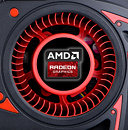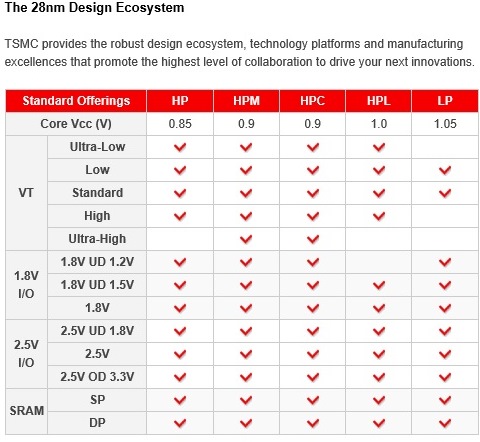- Joined
- Oct 9, 2007
- Messages
- 47,670 (7.43/day)
- Location
- Dublin, Ireland
| System Name | RBMK-1000 |
|---|---|
| Processor | AMD Ryzen 7 5700G |
| Motherboard | Gigabyte B550 AORUS Elite V2 |
| Cooling | DeepCool Gammax L240 V2 |
| Memory | 2x 16GB DDR4-3200 |
| Video Card(s) | Galax RTX 4070 Ti EX |
| Storage | Samsung 990 1TB |
| Display(s) | BenQ 1440p 60 Hz 27-inch |
| Case | Corsair Carbide 100R |
| Audio Device(s) | ASUS SupremeFX S1220A |
| Power Supply | Cooler Master MWE Gold 650W |
| Mouse | ASUS ROG Strix Impact |
| Keyboard | Gamdias Hermes E2 |
| Software | Windows 11 Pro |
AMD's next flagship single-GPU graphics card, codenamed "Fiji," could feature High-Bandwidth Memory (HBM). The technology allows for increased memory bandwidth using stacked DRAM, while reducing the pin-count of the GPU, needed to achieve that bandwidth, possibly reducing die-size and TDP. Despite this, "Fiji" could feature TDP hovering the 300W mark, because AMD will cram in all the pixel-crunching muscle it can, at the expense of efficiency from other components, such as memory. AMD is expected to launch new GPUs in 2015, despite slow progress from foundry partner TSMC to introduce newer silicon fabs; as the company's lineup is fast losing competitiveness to NVIDIA's GeForce "Maxwell" family.

View at TechPowerUp Main Site

View at TechPowerUp Main Site







